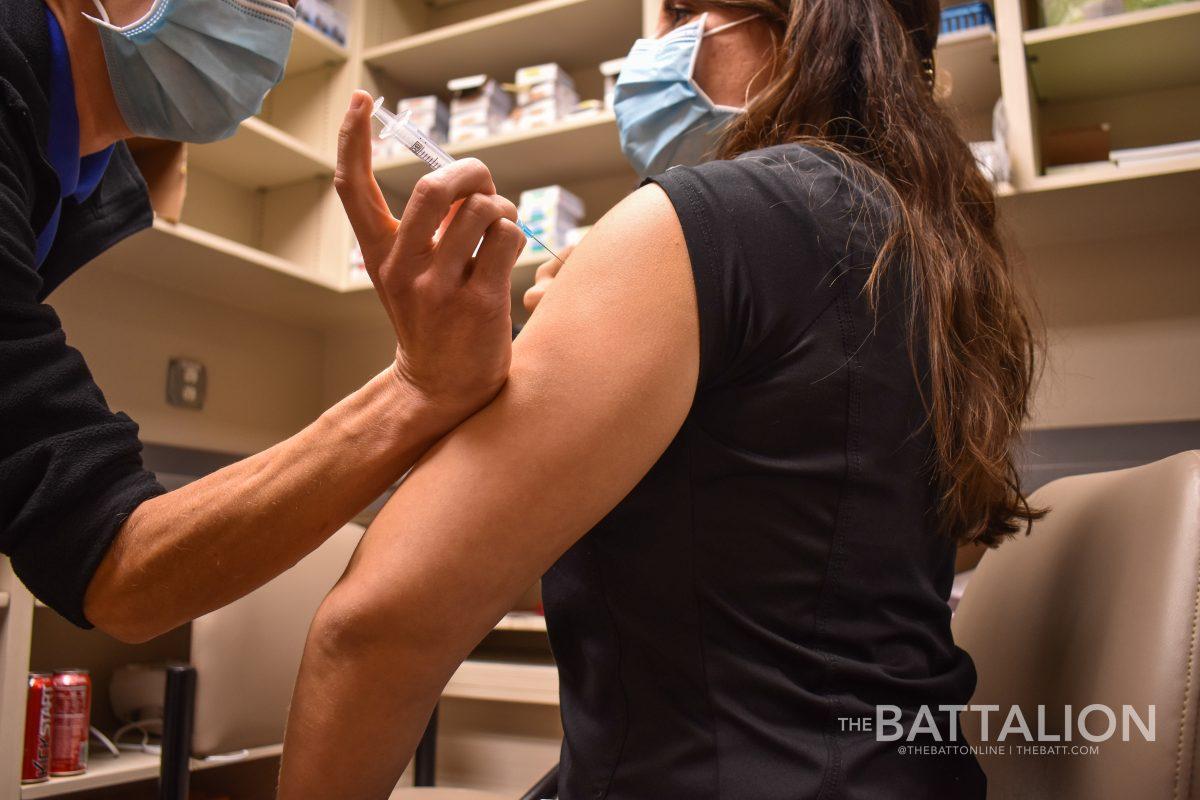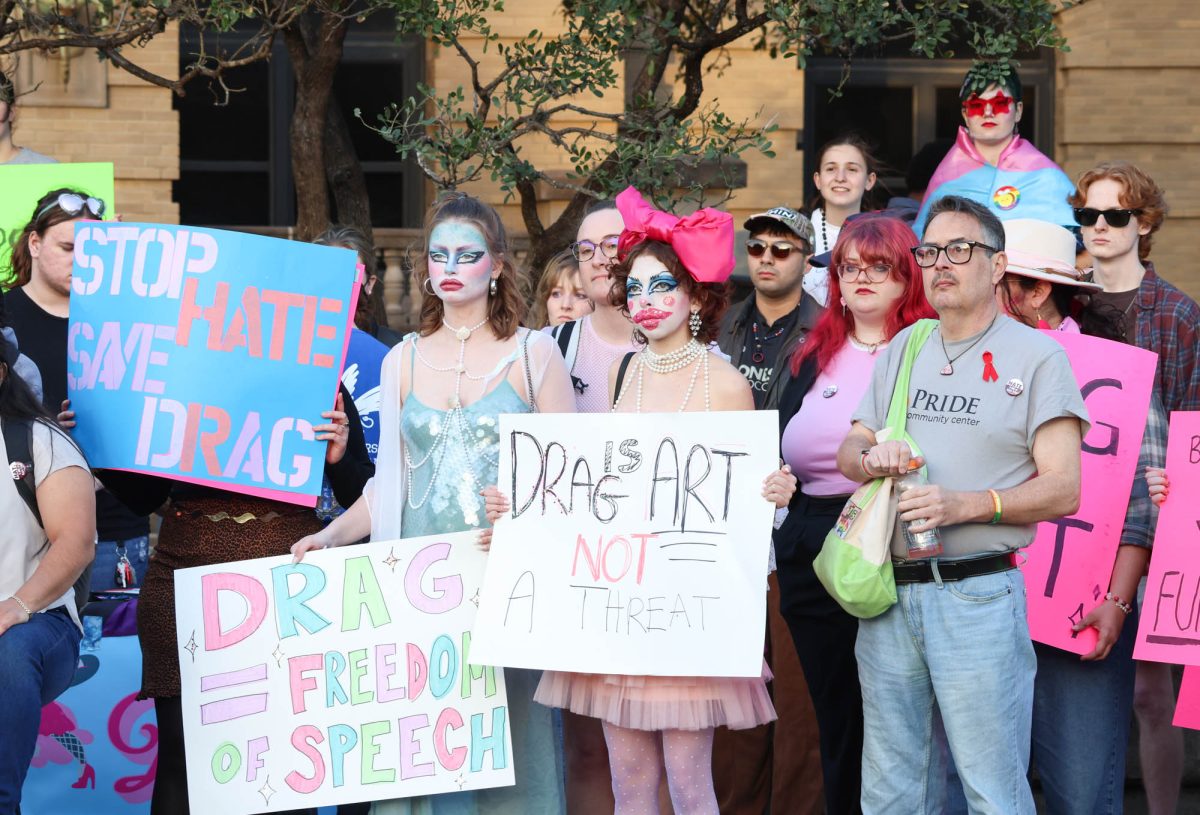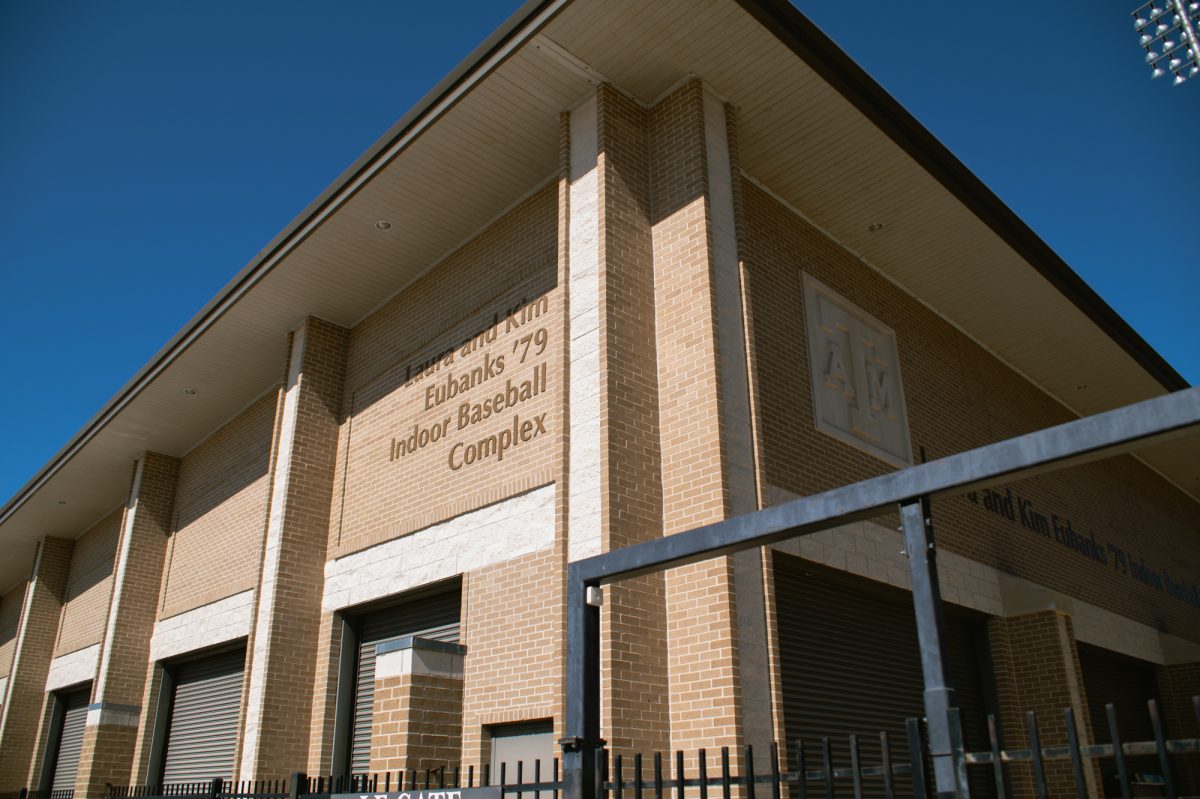On June 4, The Texas Tribune reported that one-third of Texans are now fully vaccinated as the state reports the lowest number of hospitalizations due to COVID-19 in a year. On May 20, The Eagle reported Brazos County was also following this trend as the region reported the fewest active COVID-19 cases in a year.
As of June 2, 10.4 million, or 35.9 percent of the Texas population, has been fully vaccinated. According to the Texas Department of State Health Services, the number of statewide hospitalizations has also decreased by 333 patients when compared to a week ago. These statistics also show 381 fewer new cases on average for the state when compared to last week’s seven-day average. The weekly average for vaccinations, however, has begun to decrease as it has become more widely available.
Administrative assistant with emergency preparedness at the Brazos Valley Health District Mary Parrish said the county has also been experiencing a drop in vaccination demand.
“The Brazos Valley Health District, like a lot of other places, had seen a great increase in interest once the vaccines became available, but unfortunately that interest has started to decrease,” Parrish said.
Parrish said that if vaccinations continue at the current rate, it will take months until the area reaches what is currently believed to be the optimal percentage of vaccination.
“For the greater Brazos Valley, that’s going to be very hard to estimate.If things continue the way they are it is going to take several months,” Parrish said. “Right now we have only a little over 77,000 fully vaccinated and that’s only for Brazos County, not the Brazos Valley.”
Parrish went on to say that time and transportation are some of the greatest hurdles when it comes to getting people vaccinated.
“The Brazos County Health District has noticed time is a huge factor,” Parrish said. “A lot of people work 8 [a.m.] to 5 [p.m.] jobs and sometimes that can make it hard to get in during our normal immunization clinic hours. Now for the greater Brazos Valley we know that transportation and location also play a factor…That’s why we have the BVMAT team, the Brazos Valley mobile action team; they’re going out to the greater Brazos Valley to get people vaccinated.”
Director of Texas A&M Student Health Services Dr. Martha Dannenbaum said campus has also seen a decline in demand.
“Just like everybody else, across the country now, our demand is down … everyone who wanted one has gotten one,” Dr. Dannenbaum said.
Dr. Dannenbaum said she remains unsure if current vaccination rates, as well as the current trend of falling cases, will continue into the fall semester.
“Now that in this particular state we’ve lifted the mask mandates, we’ve lifted any limits on gathering … and the university is essentially open,” Dr. Dannenbaum said. “If we’re going to have more people in closer proximity, we will probably see an increase in cases, [and] certainly in the absolute number of cases.”
Dr. Dannenbaum did say, however, she does believe the fall semester will return to a state closest to normal since the beginning of the pandemic.
“I think we’re going to look more like 2019 in the fall,” Dr. Dannenbaum said. “Except I think we will have again that self awareness among our populations that they will make decisions based on their own personal risk assessment and their comfort level.”
Student Health Services continues to have vaccines available throughout the week for students, faculty and staff during their normal hours of operation.The vaccine is also available for incoming students who are here for their New Student Conferences.
If you would like to set up an appointment, please visit the Student Health Services Website. Walk-in appointments are also available.










